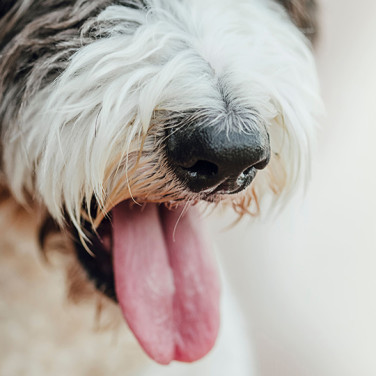SYMPTOMS
Runny Nose in Dogs - Causes, Prevention, and Treatments
페이지 정보
본문
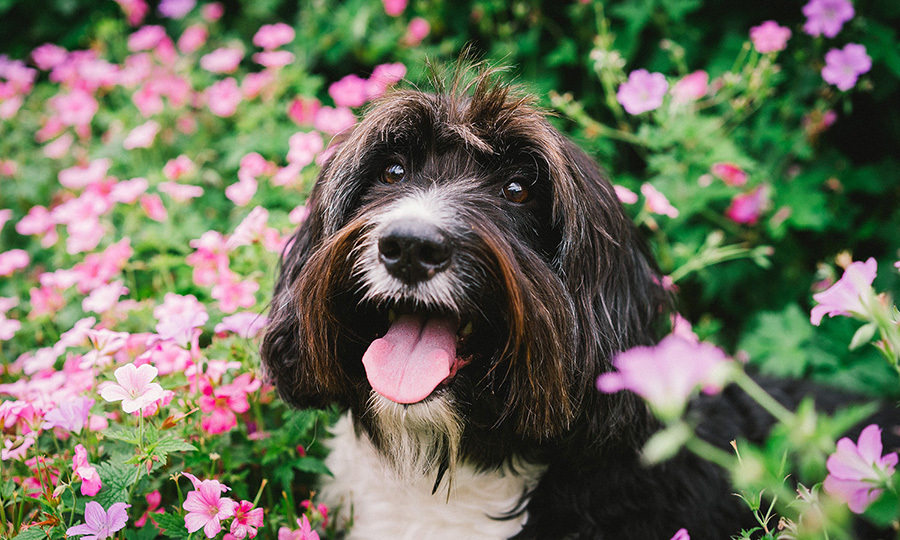
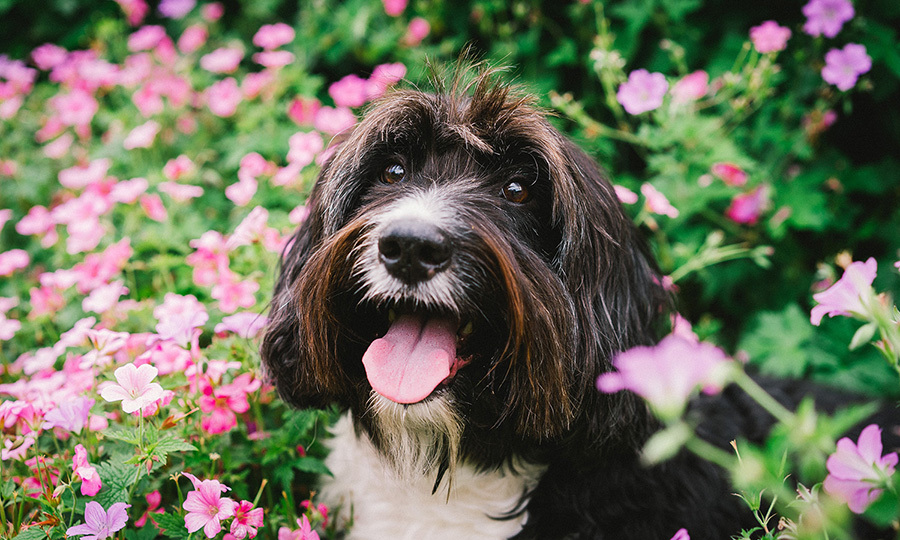
What does my dog’s runny nose mean?
Dogs can naturally develop a runny nose, just like humans. However, if the discharge persists and the color or mucus appears unusual, it may be a sign of a pathological condition. A runny nose in dogs can be caused by seasonal allergies or it may indicate a more serious condition, such as a tumor. It is often caused by respiratory system diseases and may be more severe in flat-nosed brachycephalic breeds. A problem with a dog's nose can be stressful and lower their quality of life, as they use their sense of smell to gather information and perceive their environment. If your dog's nasal discharge persists, it is recommended that you visit a veterinary hospital to determine the cause and receive appropriate treatment.
What is the cause of a runny nose in dogs?
Causes of nasal discharge in dogs
Causes of nasal discharge in dogs can range from natural bodily functions such as temperature regulation or discharge due to a virus or tumor.
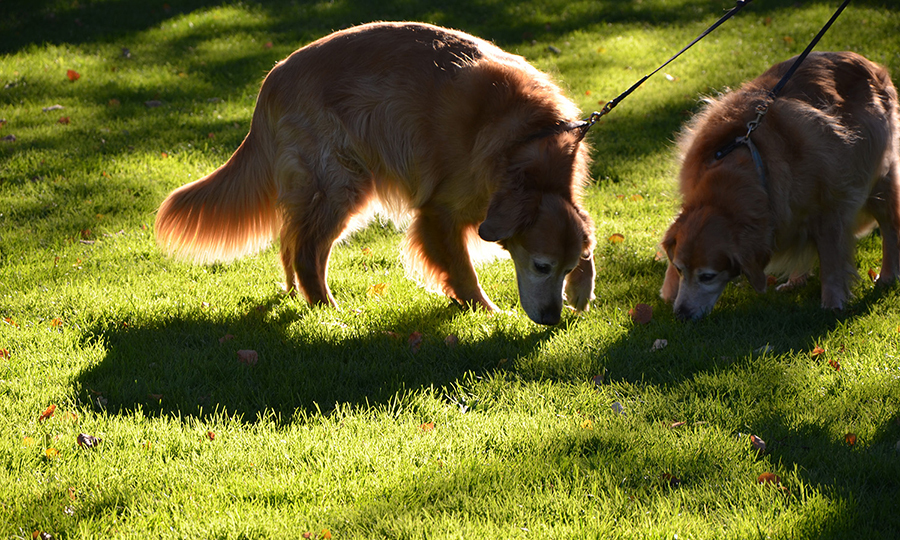
-
Foreign matter
In the process of sniffing, foreign substances such as grass, seeds, and twigs can enter the nose and irritate it, resulting in discharge.
-
Temperature control
Dogs regulate their body temperature through their paw pads and nose. They also produce nasal secretions to cool down when the surrounding area is too hot.
-
Allergic reaction
Allergies to food, fleas, or the environment, such as dust, can cause nasal discharge. If the nasal discharge is clear, it is likely an allergy. Allergic reactions can include symptoms such as itching, reddening of the skin, ear infections, and digestive problems.
-
Infection
A variety of infections can cause nasal discharge. If nasal discharge is sticky and yellow or green, you can suspect a bacterial, viral, or fungal infection.
- Kennel cough
- Dog distemper
- Dog aspergillosis
-
Parasites
Mites in the nose can cause discharge as they irritate the air passages in the nasal cavities. In severe cases, it may cause bleeding, sneezing, abnormal breathing sounds, and head shaking.
-
Nasal tumors
Nasal discharge is one of the clinical symptoms of an intranasal tumor. If there is a tumor, nasal bleeding and neurological symptoms may accompany it.
-
Cleft palate or fistula
If your dog has a congenital cleft palate or fistula between the nose and mouth, nasal discharge may come out in situations such as after eating.
Different types of nasal discharge in dogs
The cause may be identified depending on the type of nasal discharge your dog has.
- Hemorrhagic (bloody): Usually caused by trauma or dental disease.
- Serous (watery, thin, clear): Allergies may be the main cause.
- Mucous (thick): May be yellow or white and accompanied by inflammation.
- Purulent - green or yellow: usually caused by a bacterial infection.
What are the signs and symptoms of a runny nose in dogs?
The accompanying symptoms of nasal discharge may vary depending on the cause.
- If nasal discharge is accompanied by itchiness, redness, ear infections, or digestive problems, allergies may be suspected.
- If the nasal discharge is yellow or green, it is possible that an infection is present and it may be accompanied by nasal bleeding and coughing.
- Tumors may cause nasal bleeding, neurologic symptoms, and swelling of the eyes in addition to nasal discharge.
It is recommended to visit a hospital if several other clinical symptoms appear together in addition to nasal discharge.
When to see the vet for a runny nose in dogs
Nasal discharge can be natural, but it can be a serious condition depending on the condition of the nasal discharge and other accompanying symptoms.
Veterinary care is required in the following situations:
- If nasal discharge persists for more than 24 hours
- Nasal discharge that is sticky and yellow or green
- Runny nose accompanied by nasal bleeding
- Loss of energy or loss of appetite
- Red, swollen eyes
- Shortness of breath or difficulty breathing
- If your dog begins to shake its head
How to manage your dog’s runny nose at home
If your dog has a runny nose, the best thing you can do is first eliminate any potential allergens such as food and environmental factors that may be causing the discharge. If possible, providing oxygen may also help improve breathing. If the nasal discharge is caused by an illness, it is important to monitor for any other symptoms. If you notice abnormal discharge, blood, or breathing difficulties, it is necessary to see a doctor for appropriate management.
How to manage my dog’s bloody nose at home
- Do your best to calm your puppy down for whatever trauma or event caused the nosebleed
- Wipe off the blood and cover it with an absorbent cloth.
- Apply cold compresses between the dog's eyes and nostrils.
- Do not tilt their head back or block the inside of their nostrils
- If the bleeding doesn't stop within a few minutes, it is necessary to take your puppy to a hospital.
How is a dog’s runny nose diagnosed at the vet?
If you visit the hospital for nasal discharge, the first thing your veterinarian will do is ask you about your dog's condition to make a necessary examination and treatment plan.
The veterinarian may ask you the following questions:
- When did the runny nose begin?
- Have there been any recent changes in food or the home environment?
- Did your dog’s symptoms start after a walk or outdoor activity?
- What is the color and consistency of the nasal discharge?
- Do other clinical symptoms appear along with the discharge?
Questions like the above can help your veterinarian narrow down the cause and select the appropriate tests.
The following tests may be performed to determine the exact cause of the nasal discharge.
-
Basic physical examination
A general physical examination, such as auscultation or palpation, provides an overall picture of the dog's condition.
-
Chest X-ray
A chest radiograph is used to check for any general respiratory problems.
-
Rhinoscopy
It is a method of examining the nasal cavity through a very small diameter endoscope to check for tumors or foreign substances in the nose, and in case of tumors, samples can be taken for histological examination.
-
Blood test
A blood test can help a veterinarian detect whether your dog may have an infection.
-
Smear test
Check for bacterial infection.
-
CT scan
Nasal tumors are one of the causes of persistent nasal discharge. If bloody secretions continue to occur from the nose and are accompanied by symptoms of difficulty breathing, a CT scan is performed after anesthesia to determine the presence or absence of a tumor, its exact location, and whether or not the tumor has invaded elsewhere.
How is a dog’s runny nose treated at the vet?
Treatment of nasal discharge depends on the cause.
-
Antibiotic prescription
If nasal discharge is caused by a bacterial infection, antibiotics may be prescribed.
-
Antifungal medication prescription
If nasal discharge is caused by a fungal infection, antifungal medications may be prescribed.
-
Antihistamine prescription
If allergic reactions are severe, antihistamines or steroids may be prescribed.
-
Nasal endoscopy
A nasal endoscope can be used to observe and remove foreign objects in the nasal cavity.
-
Anti-cancer therapy
If nasal discharge is caused by a nasal tumor, chemotherapy through drugs can be used. Radiation therapy can be combined as well.
How do I prevent runny noses in my dog?
A dog's nasal discharge can be caused by several different things. To prevent allergies, it is important to be mindful of potential triggers like food and your dog’s surrounding environment. Vaccinations can help prevent certain infectious diseases such as kennel cough that cause nasal discharge in dogs.
Check runny nose symptoms with the Buddydoc Symptom Checker!
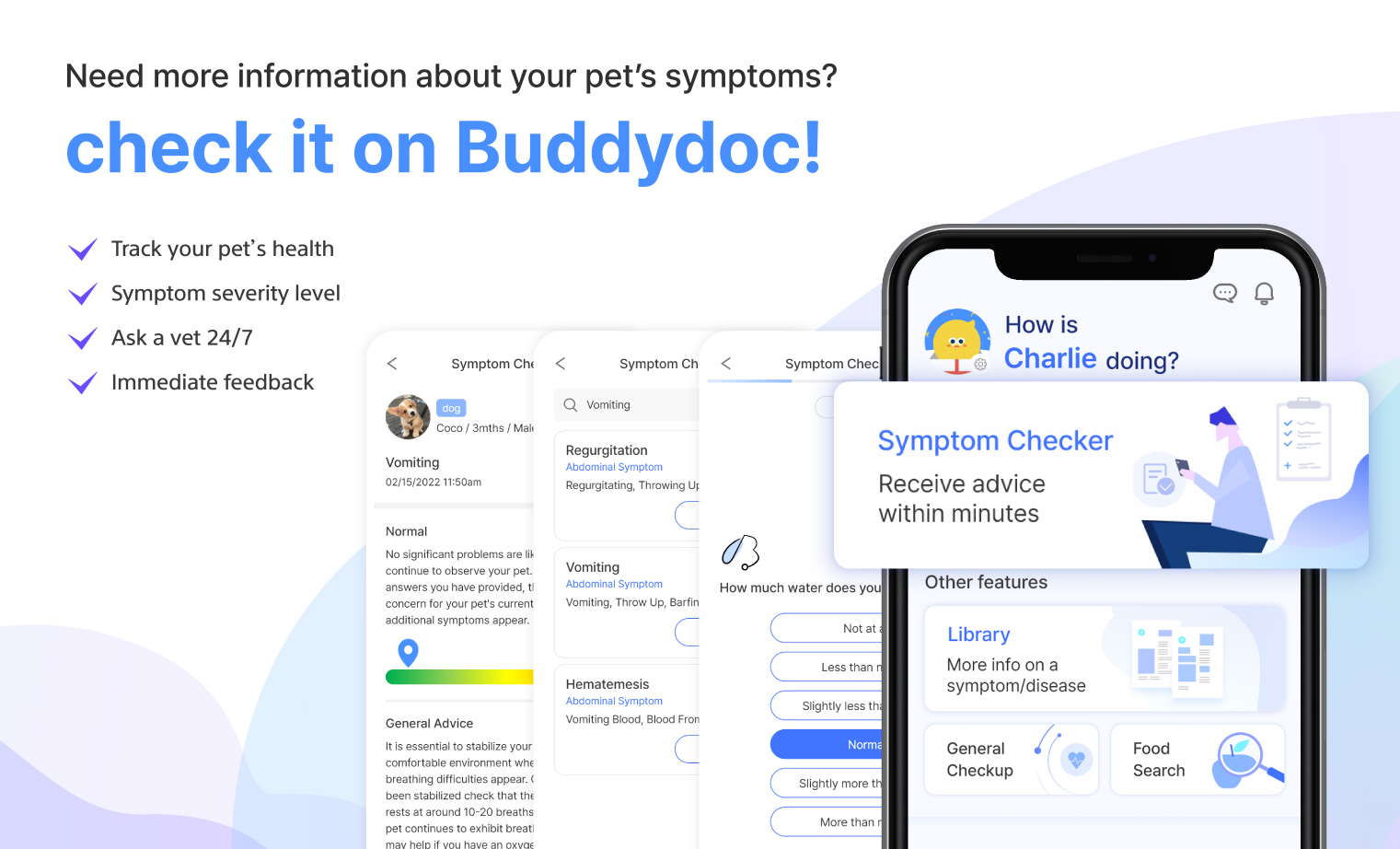
If it is difficult to accurately determine the severity of the symptom, you can use the Buddydoc symptom checker to help you! The self-symptom checker service will ask questions about your pet’s symptoms and can take anywhere from 2-5 minutes to receive a pet triage result. Each answer you provide has a triage value and is calculated in the end result page to help you make a better decision for your pet’s health. The result page provides a level of risk to your pet’s health, veterinarian advice, possible diagnoses, and recommended examinations when visiting the hospital.



